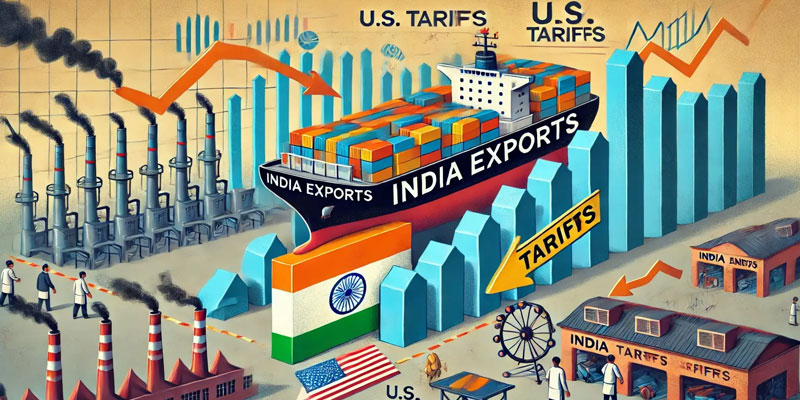Regulatory Heat, Shaken Confidence, and Turbulence Rock Air India
A Crisis in the Skies
In a span of days, Air India — India’s national carrier now under the Tata Group — has faced a storm of setbacks, from a tragic crash to critical safety violations. With mounting operational errors, regulatory backlash, and shaken passenger confidence, the airline is confronting one of its most turbulent phases. A recent directive from India’s aviation watchdog, DGCA, has led to the removal of key officials, raising urgent questions about internal oversight and safety protocol compliance at one of the country’s most prestigious airlines.
The Immediate Flashpoint: Safety Oversights and Violations
The Directorate General of Civil Aviation (DGCA) has taken decisive action against Air India after discovering that two international flights operated in May — AI133 from Bengaluru to London Heathrow on May 16 and 17 — exceeded the legally mandated flight duty time of 10 hours. These violations were not part of emergency scenarios but occurred on scheduled long-haul services, violating the Civil Aviation Requirement (CAR) norms, Section 7, Series J, Part III.
Following an audit of Air India’s Integrated Operations Control Centre (IOCC), the DGCA ordered the immediate removal of three senior officials, including a divisional vice president, from their crew scheduling duties. The regulator has also demanded a formal explanation from Air India’s Accountable Manager within seven days, failing which further punitive action could include suspension of the airline’s operating license.
This action reflects the DGCA’s increasing intolerance for lapses in safety protocols, particularly those involving manual overrides or manipulations of automated systems. The potential manipulation of scheduling software and repeated breaches of Flight Duty Time Limitations (FDTL) raise red flags about systemic failures in Air India’s crew rostering mechanism.
Understanding the Core Compliance Failures
Key issues unearthed by the DGCA audit revolve around serious lapses in the cockpit crew's deployment, including:
· Improper Pairing of Pilots: Cockpit crew must meet specific qualifications, such as total logged flying hours and certifications for low-visibility or high-altitude operations. Violations in pairing underqualified pilots could compromise flight safety.
· Lapsed Licenses and Training: The audit hinted at instances where pilots operated without having completed mandatory refresher courses or without possessing valid, up-to-date licenses.
· Ignored Fatigue Norms: Pilots were found to be operating flights without adequate rest, violating FDTL norms designed to prevent fatigue-related errors.
This has triggered a broader debate:
Are the rostering systems malfunctioning, or are they being overridden?
Are commercial pressures leading to conscious flouting of safety regulations?
Air India's Response: Damage Control in Motion
Acknowledging the severity of the DGCA’s findings, Air India issued a public statement asserting its commitment to safety. The airline confirmed compliance with the order, stating that the Chief Operations Officer would now directly oversee the IOCC.
“We are fully committed to operational integrity and safety. Corrective actions are underway, and internal disciplinary measures will be taken promptly,” the airline said. Despite the assurance, the spotlight remains firmly on the Tata-owned carrier’s internal operations, as trust erodes among passengers and aviation experts alike.
Crash Fallout: Public Confidence and Market Impact
Just days before the regulatory crackdown, Air India’s Boeing 787-8 Dreamliner was involved in a crash in Ahmedabad, triggering a cascade of cancellations, fare corrections, and plummeting demand.
· Drop in Bookings: According to the Indian Association of Tour Operators (IATO), bookings have dropped by nearly 20% on both domestic and international routes.
· Falling Fares: In a bid to retain customers, Air India slashed fares by 8–12% on domestic routes and up to 15% on select international sectors.
· Cancellations Surge: Cancellations rose by 8–10% on domestic routes and a staggering 15–18% internationally, particularly among high-value customers such as corporate and luxury travelers.
A senior executive at an online travel agency stated anonymously, “Public perception has taken a serious hit. Travelers are wary and switching to alternative carriers with stronger safety track records.”
Aviation Industry’s Take: What This Means Long-Term
Experts suggest that the dual blow — a crash followed by regulatory rebuke — could cause long-term reputational damage for Air India unless swift reforms are implemented. The IOCC, as the nerve center of airline operations, must be subject to independent audits and stringent oversight going forward.
Further, the DGCA's rare and stern action is a reminder to all Indian carriers that compliance with operational norms isn't negotiable, regardless of corporate ownership or market standing.
A Time for Reform, Not Just Recovery
Air India’s recent operational and regulatory troubles underscore a deeper need for structural reforms within its command and control systems. While public apologies and fare cuts may soothe surface-level concerns, rebuilding trust will require transparency, automation integrity, and uncompromising safety adherence.
As India positions itself as a global aviation hub, its flagship carrier cannot afford systemic failures. The skies may have cleared for now, but unless Air India recalibrates its internal compass, future turbulence may not be so easily navigated.
(With agency inputs)



















